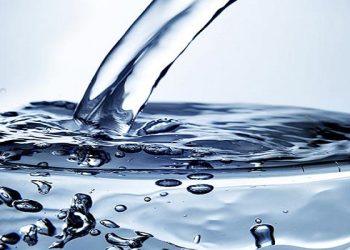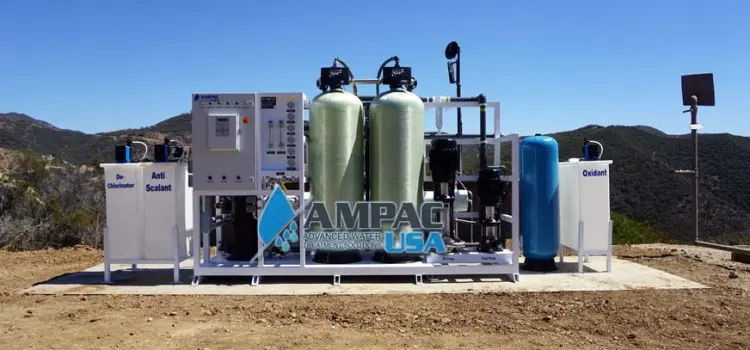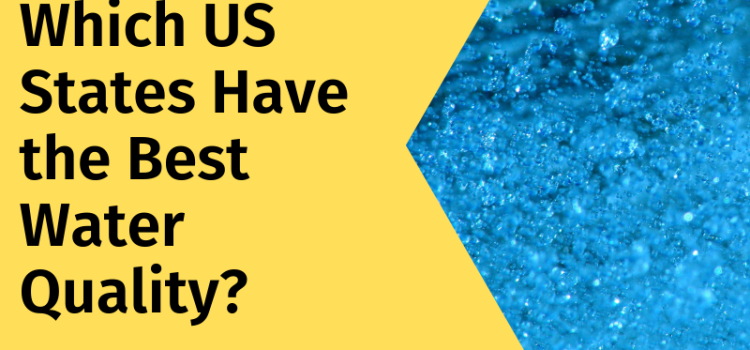Last updated on March 29th, 2025 at 01:16 pm
Many people are unaware that the pH of the water they drink every day matters. When you know the pH of the feed water coming into the water supply or the filter system, you will have better health. Feed water with a pH of less than 7 is acidic and leads to many problems, such as mineral staining and corrosion in the pipes, and might make the job of your RO system tougher than usual.
One of the solutions to this problem is to know about water neutralization and invest in a water neutralization system. Don’t know where to start? Well, you can start by reading this article on everything you need to know about water neutralization.
What is the Water Neutralization System?
In simple words, a water neutralization system is equipment or device that can increase the pH of the water to ensure it reaches an acceptable level. It can either be by manual use or via a chemical injection. The chemicals are very important as they help avoid mineral stains and remove the odor from water.
Is a Water Softener System Different from a Water Neutralization System?
Yes, water neutralization systems are different from water softeners. The water neutralization systems must be used before water softeners.
Understanding pH
The term pH is often used to describe the quality of drinking water. But many people have no idea what it actually is. In simple words. pH is the measurement of electrically charged particles present in a substance. It helps reveal how alkaline or acidic a substance is. The pH scale varies from 0-14.
When water has a pH lower than 7, it is acidic. Many acidic substances, like battery acid, have a pH of 0. In contrast, alkaline or basic water has a pH of 8 or more than that. Some very alkaline substances, like lye, can have a pH of 14.
When water is pure, its pH is seven, and it is categorized as neutral as it’s not basic or acidic.
EPA’s Opinion
According to the US Environmental Protection Agency or the EPA’s recommendation, municipal drinking water suppliers must keep the water at a pH of 6.5-8.5. It is worth to mention that though EPA is in charge of monitoring public drinking water quality across the US, pH is not a quality that falls under EPA’s regulation.
What is Unsafe pH?
The pH of freshwater is different in different parts of the world. It depends on many factors, like natural processes, human activity, and weather patterns. When pH is very low or high, it might be due to heavy metal pollution.
Alkaline water that doesn’t fall in the 6.5-8.5 range is not usually unsafe. When water is very alkaline, it can have an unpleasant taste or smell. It can damage water-carrying appliances or pipes.
Acidic water that has a pH of less than 6.5 is more likely to have water contaminants, so it is not unsafe to drink. It can lead to the corrosion of metal pipes.
Different Types of Water and pH Levels
The pH of tap water varies a lot. It is usually around 7.5. The pH of distiller reverse osmosis water is between 5 to 7, and the pH of ocean water is around 8. Similarly, the pH of common bottled water is between 6.5-7.5, and the pH of bottled water labeled as alkaline is between 8 to 9. The pH of acid rain is low, around 5.-5.5.
Alkaline Water and Its Rising Popularity
In recent times, alkaline water is gaining a lot of popularity. Many people think that consuming alkaline water with a pH between 8 and 9 can help enhance their health. Some even believe it can help slow the aging process and even help reduce the probability of serious chronic diseases like cancer.
However, there is little or no scientific proof to all these claims made by drinkers and sellers of alkaline water.
Some studies have revealed that alkaline water can benefit the health of people with specific medical conditions like:
- High blood pressure
- Diabetes
- Acid reflux
- High cholesterol
- Dehydration due to exercise
Again, more research is needed to confirm the same.
Is Testing pH at Home Possible?
Usually, municipal water suppliers are responsible for ensuring that the water coming to your home has a pH of around 7. They do several tests to ensure the same, so there is no need to test pH at home. However, if you notice that your faucets and pipes have a rusty red, blue or white color, you might need to find out why.
Often, this discoloration is due to corrosion caused by acidic water. A professional plumber might be needed to check the pipes’ health.
If the discoloration is due to the unsafe pH or you notice that the water is discolored too, you can test the pH of the drinking water at home. It will be very inexpensive as you will need a home test kit. You can buy a good one and follow the instructions.
Most of these testers are water-quality tester pens. To do the test with these pens, you can dip the pen into a sample of your drinking water, and you will get an accurate reading within a few moments. You can relax if the test results show the water is within the 6.5-8.5 range. If not, you can consider buying a water-neutralization device or talking to your local water provider.
Get the Best Water Neutralization Systems and Products
AMPAC USA houses the best line of water neutralizers that can increase the pH of the water to an acceptable number by manual use or chemical injection. AMPAC USA also offers a wide range of these chemicals for different purposes at the best prices. These chemicals are made from the best international practices and after years of R&D.
You can call us for a consultation or an expert to examine your chemical needs for the water treatment systems. AMPAC offers 24×7 customer care and a home visit by our skilled experts in case of any water treatment challenges. Visit us here.
References:
https://www.healthline.com/health/ph-of-drinking-water#takeaway
https://www.ampac1.com/products/water-treatment-chemicals/water-neutralization











